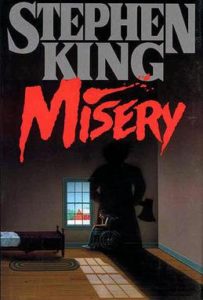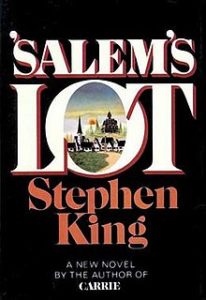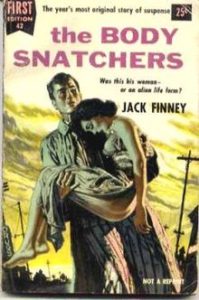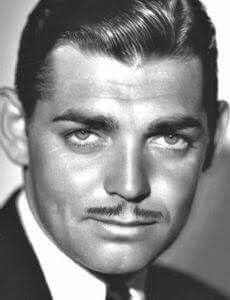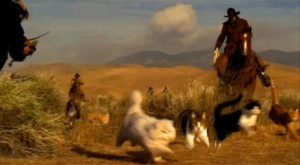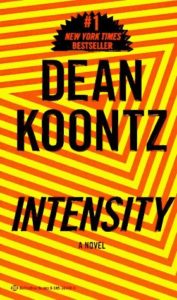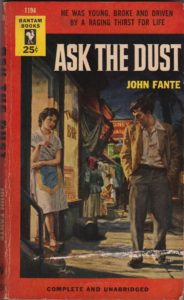I confess to being a little trepidatious about tackling today’s first page critique entitled ‘We the People are Good to Eat’, not just because of the subject matter (you’ll see…) but also because I’m not really sure of the author’s intention (dystopian YA? parody?). It’s always tricky when reviewing only one page, but this particular submission had me scratching my head even more than usual. Read on – my general and specific comments follow.
We the People are Good to Eat
At 7:37 AM, on the 1378th Level of the City Building of Manhattan, thousands of people moved along the West 55th Street Corridor, going east from the 9th Avenue to the 8th Avenue corridor. Many teenage students walked among them, heading toward their local Public High School; HS L-1378-55, which stood between 8th and 7th.
As the crowd moved along, they went past an enormous advertising billboard, displaying a photographed line of full figured Warrior Women dressed in bikinis, while armed with swords and spears. Shrunken human heads were tied on their belts. Superimposed above them, across the top of the photo, was the slogan, “Paradise Meats. Healthy Tasty Treats”
17 year old Karen Bennet moved with the crowd. She was dressed in a lightweight, dark green jacket, with the words “HS L-1378-55”, printed in yellow on the back. She also wore a light blue skirt, hanging to her knees. Like all the other students in the crowd, the hungry, blonde Karen carried her edu-computer, and like many of them, she also had a pair of shrunken human heads tied on her belt.
She was about halfway down the block, when her steady boyfriend David Krendell came up beside her. He was irritated.
“Hey Karen!”
Like most of the people in the City Building of Manhattan, he was a little thin and his energy level was low. She was also thin and not very energetic. A daily ration of sausages and meat patties was allocated for each citizen, but the portions were small.
Karen was annoyed. “Hi Dave.”
“I hear” he accused “you’re planning to try out for cheerleader?”
She snapped at him. “Since I already fought on the Warrior Girls Squad last year, I’m now qualified to join the cheerleaders. All cheerleaders and their families receive triple rations for the entire season, just like the warrior girls. Why not?”
“You might be the cheerleader who gets hanged, after we lose a game.”
“The extra rations will improve the health of me and my whole family for the entire season. Isn’t that worth the risk?”
“I wish you didn’t have to take that risk at all.”
She sighed, “And I wish you weren’t such a wimp, Dave.”
“I’m not being a wimp.” He told her, “The extra rations are intended to make the cheerleaders fill out, so they’ll look sexy, instead of unhealthy.”
She laughed, “You’ve got a complaint about that?”
“The girls on the cheerleading squad are expected to do it with every guy on the Warrior Team. I’m the Team’s equipment handler, so I know everything that goes on. I want you to be my girlfriend alone. Not the entire Team’s.”
“I know what’ll be expected of me, and I don’t see the point of me being a well fed, sexy cheerleader, if I’m not a team girlfriend. They’re the girls who have all the fun.”
“What about me?”
She groaned. “You’re too much of a wimp, and not all that much fun.”
Karen stepped away from Dave.
General Comments
As I wrote in my introduction, I’m not entirely sure what the author’s intention is here, but assuming it is a YA dystopian novel then I have a number of specific issues to raise, but my main overall comment would go back to my blog post a couple of weeks ago – does the author really think the idea of teenagers eating human flesh is a saleable premise? To be honest I can’t imagine many editors favorably reacting to that. Even if the author intended the novel to be a parody of a YA dystopian novel (which is not apparent in this first page) then this would have to be made obvious from the start and, even then, I’m not sure the premise would really sustain a publishable novel.
Specific Issues
Information Dump
Moving onto the specific issues in this first page… I think the major concern I have is that this first page is more of an information dump that a compelling start to a novel. While I was intrigued by the initial setting (the 1378th Level of the City Building of Manhattan), there were a lot of details that seem extraneous (the address and repetition of the HS number) and the dialogue between Karen and Dave seems designed to provide the reader with information, rather than a natural conversation between two teenagers (would Dave really have to explain to Karen why cheerleaders get extra rations or that a cheerleader gets hanged after losing game? She obviously knows this – so the information is really only for the readers’ benefit). In terms of story craft, however, this first page cannot be merely an information dump masquerading as conversation. We need action and tension to become engaged in the story – right now, this first page seems staged and unrealistic.
World Building
This stifled conversation drains the page of any tension or drama a reader may have felt after the mention of the Warrior Women billboard (the first mention of the shrunken heads) and so far, the information the reader is getting seems more off-putting than compelling. I’m assuming society has resorted to cannibalism because meat has become scarce but how and why remains unclear (and to be honest, as a reader I’m not sure I even want to know…). When re-reading this piece I wasn’t even sure how cannibalism is involved (although, given the title I’m assuming it is). Do Warrior Women just show off their skills by having shrunken heads tied to their waist bands? Is everyone else hungry because of meager meat rations or is human meat their only option? When creating a dystopian world, it’s fine to leave questions unresolved on the first page but the reader must feel confident that the author has created a viable and intriguing world – which I’m not convinced has been achieved as yet.
Dialogue
As I mentioned, the dialogue on this first page seems to be nothing more than an informational dump and I certainly don’t get any sense of attraction or friendship between Karen and Dave to indicate there would be any possibility of them being boyfriend and girlfriend. In fact, Karen seems pretty unlikable so far, which isn’t a great start. Also the conversation about cheerleaders ‘doing it’ with the whole team seems a bit off-kilter (although the mention that Dave is the team’s ‘equipment handler’ was possibly inadvertently hilarious). Neither Karen nor Dave come across as real (dare I say it) flesh and blood people yet – which leads me to my final specific comment…
Characterization
When dealing with a rather icky subject matter (cannibalism) an author is going to have to rely on some amazing characterization to get over that initial hurdle. The reason why the Hunger Games was so popular was, in major part, because the character of Katniss Everdeen was so compelling. So, while that series dealt with teenagers fighting to the death, the empathy of Katniss really added a humane touch to what was otherwise a pretty horrific premise for a book series.
Perhaps the author of this first page was inspired by that series and wanted to push the envelope even further – but as my comments demonstrate – in order to pull that off you need to have a solid and believable world (which hasn’t been developed in this first page yet), empathetic and compelling characters, and action that compels a reader to turn the page and keep reading. Sadly, because of the issues I’ve raised, I would not want to turn the page with this story – but I also think the author needs to take a step back and consider the ‘saleable’ premise question before addressing any of the specific comments I’ve raised.
TKZers, what do you think?


